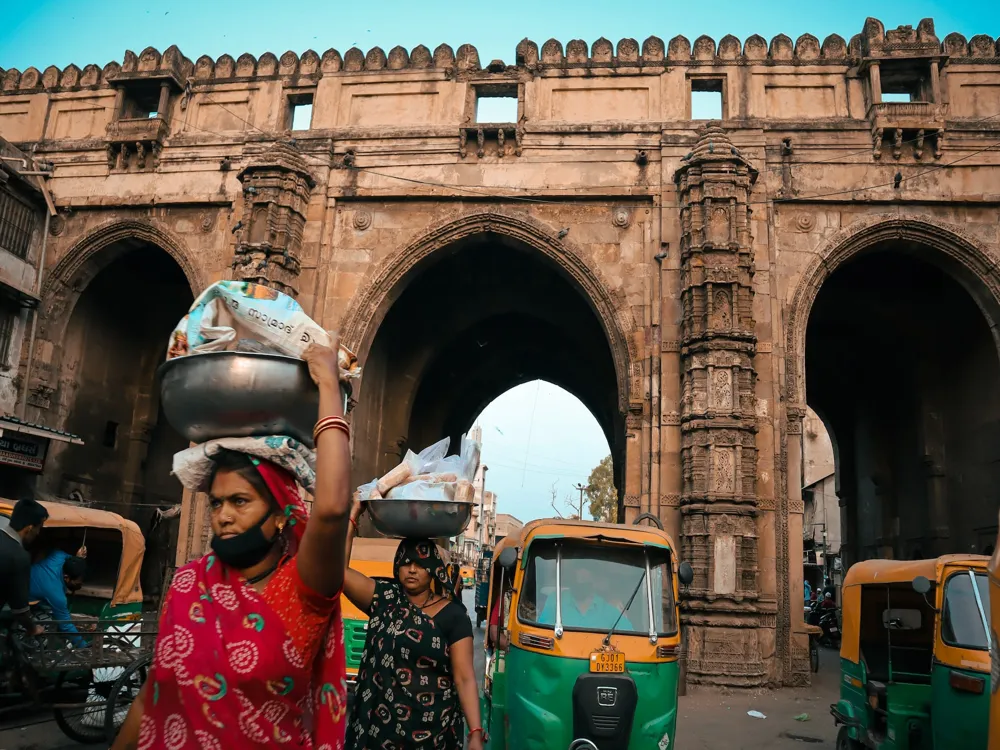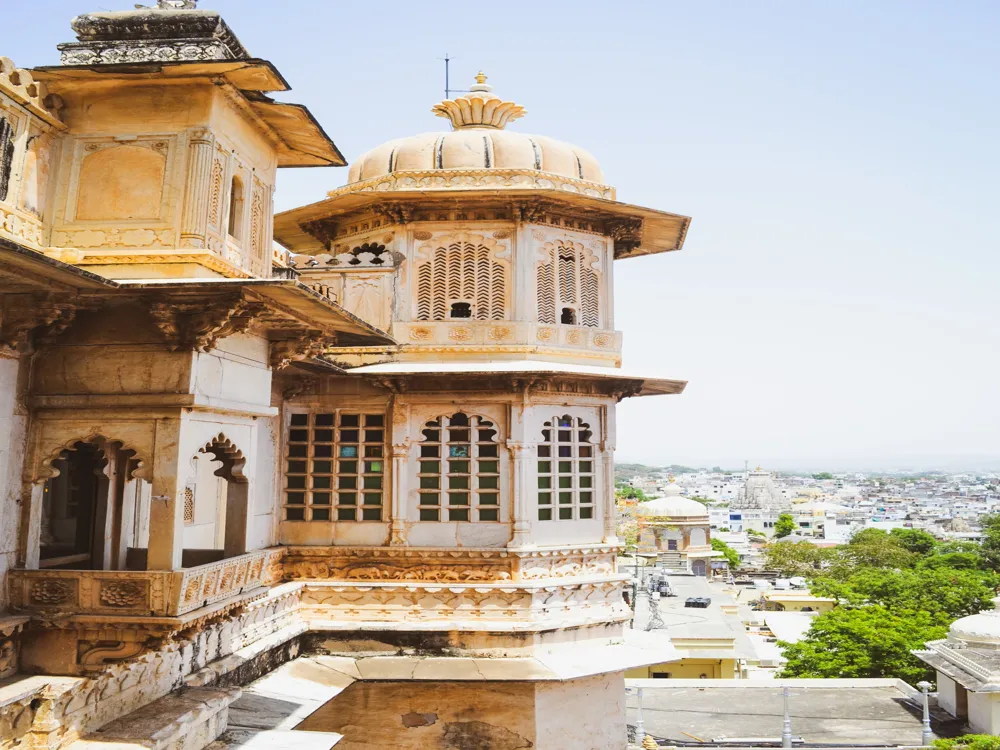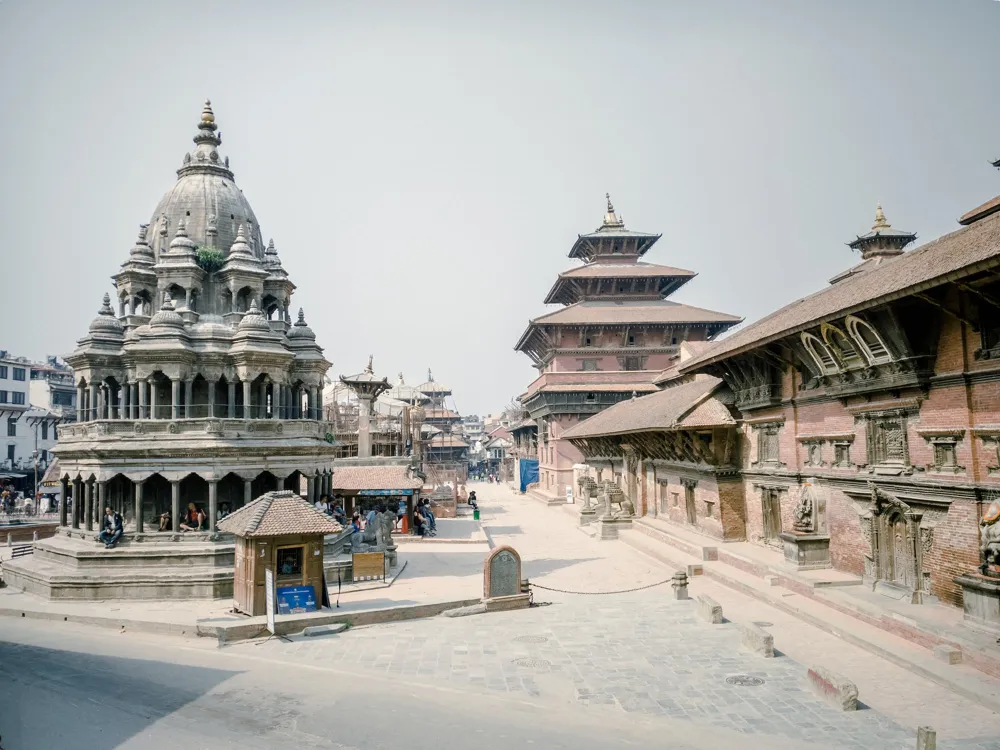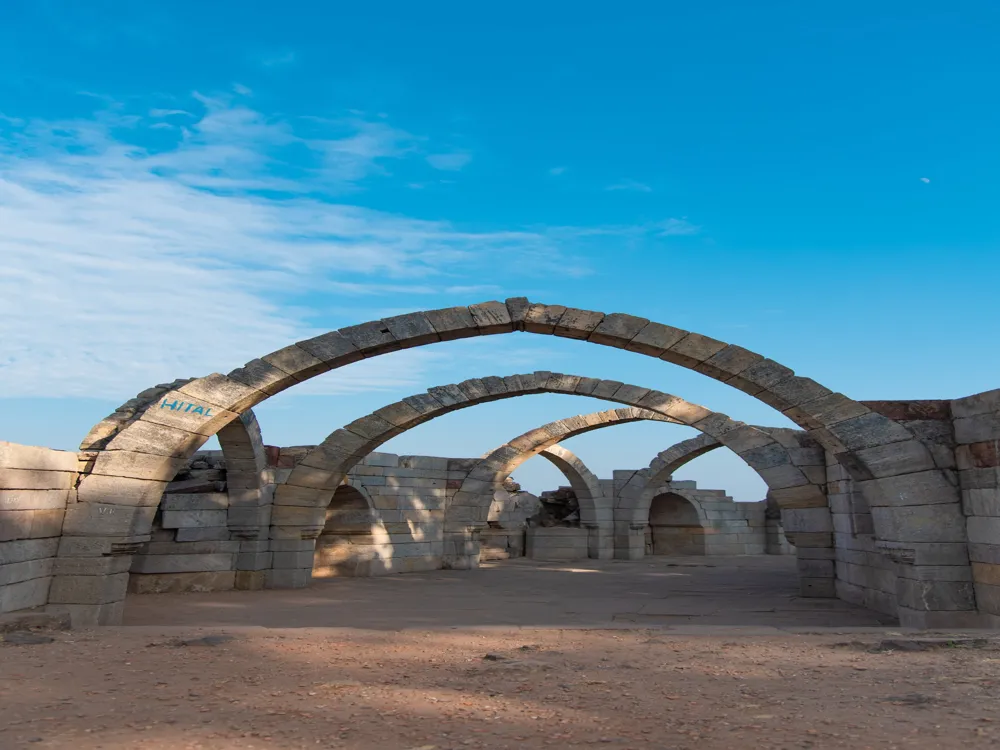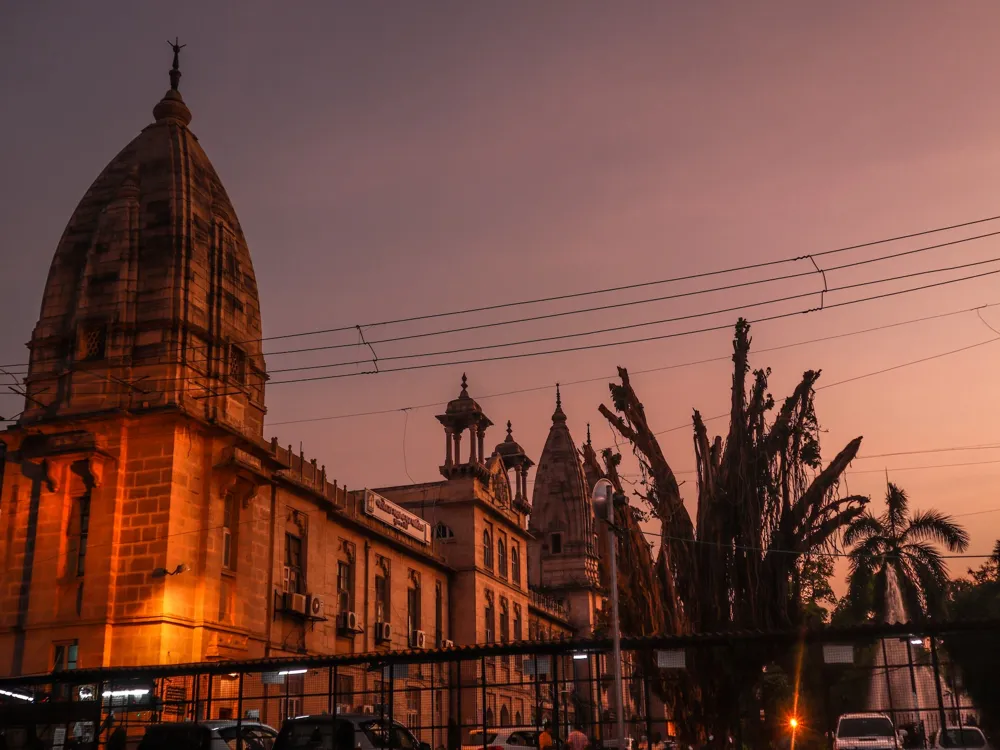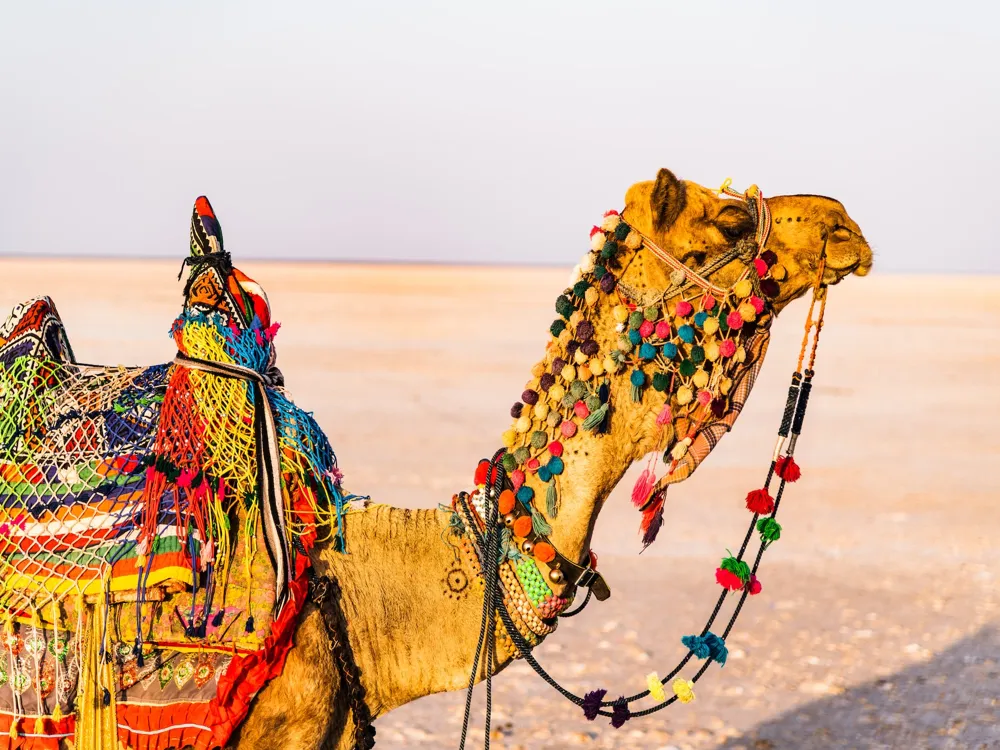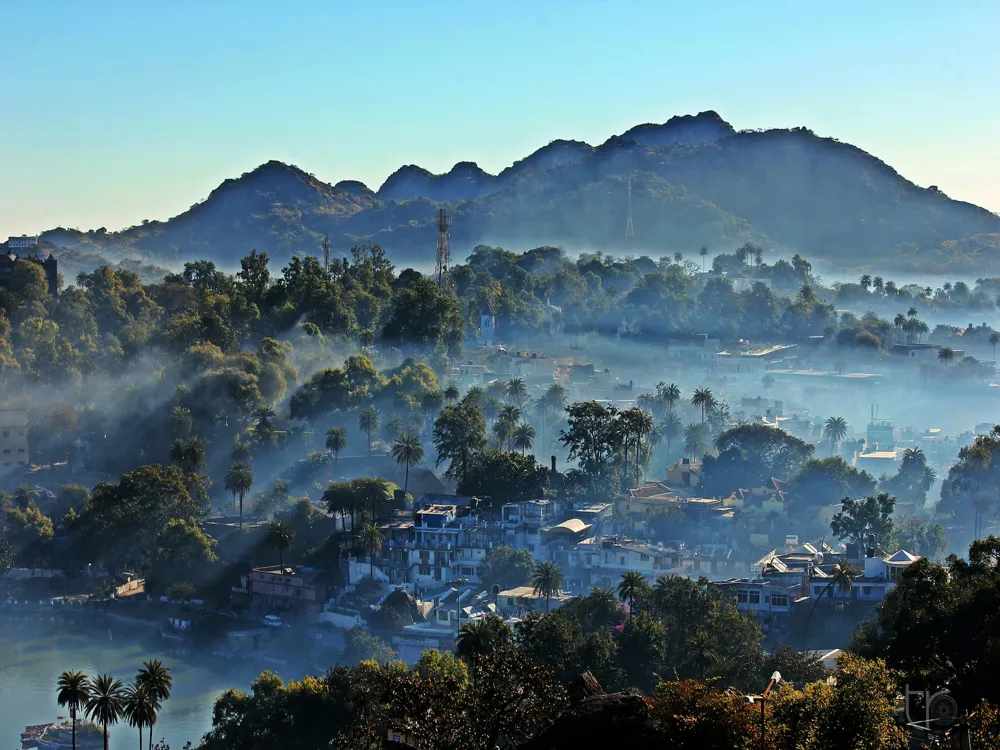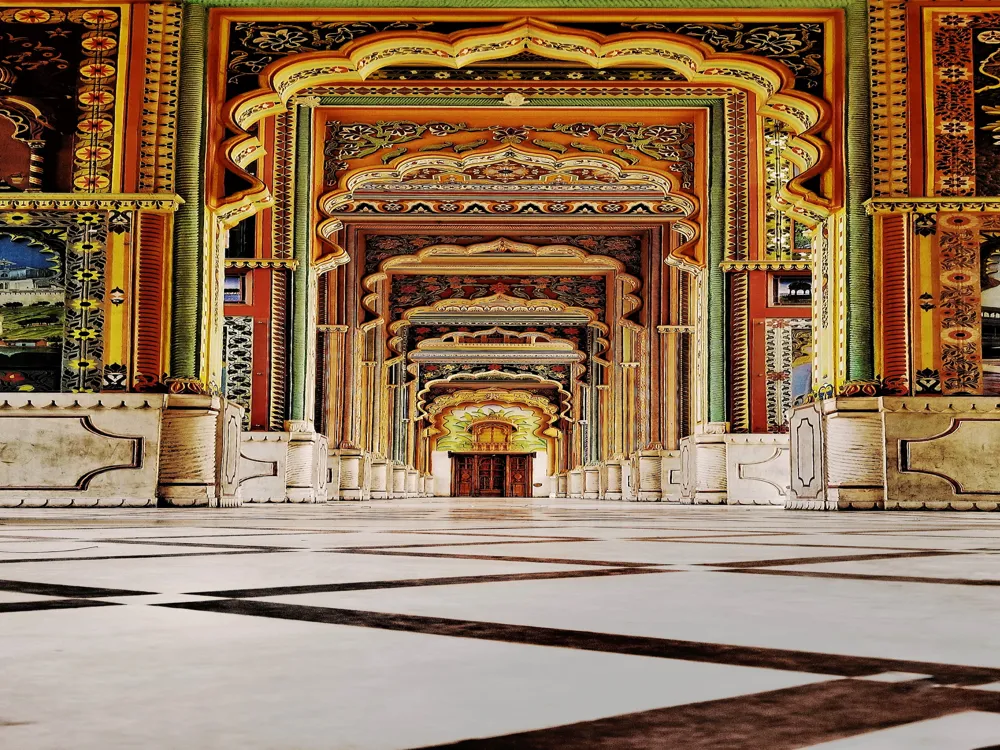The Sabarmati Riverfront in Ahmedabad, Gujarat, stands as a quintessential example of urban rejuvenation, harmonizing the city's cultural ethos with modern developmental needs. This ambitious project, conceptualized over decades, has transformed the banks of the Sabarmati River into a thriving hub of activity, blending ecological restoration with public amenities. The river, once the lifeline of Ahmedabad, had faced significant neglect. However, the Riverfront project, initiated in the early 21st century, has rekindled its historical and cultural significance. The project encompasses a vast stretch, spanning over 11 kilometers on both sides of the river, aiming to protect the environment while offering a multitude of recreational spaces. It includes walkways, parks, and social infrastructure, making it a popular destination for locals and tourists alike. The Riverfront has catalyzed economic growth, hosting cultural events, and providing space for sports and entertainment activities. This transformation is not just physical but also socio-economic, significantly impacting the city's landscape and its inhabitants' lives. The architectural brilliance of the Sabarmati Riverfront project lies in its blend of functionality and aesthetics. The design philosophy revolves around sustainable urban development, ensuring flood control while creating public spaces. The riverbanks have been stabilized and broadened to prevent erosion and flooding, a common issue in the past. This pragmatic approach is seamlessly integrated with artistic elements, making the Riverfront a symbol of modern architecture and urban planning. The Riverfront features a series of steps leading down to the water, known as ghats, reminiscent of traditional Indian architecture yet reinterpreted in a contemporary manner. These ghats serve as vantage points, offering stunning views of the river and the city skyline. The landscaping includes indigenous flora, emphasizing Gujarat's natural heritage while ensuring ecological balance. The promenade, a key architectural element, runs along the river, providing a pedestrian-friendly environment that encourages walking and leisure activities. The construction techniques employed are a testament to modern engineering, involving extensive land reclamation and the creation of retaining walls. The infrastructure includes an interceptor sewage system to prevent pollution of the river, showcasing the project's commitment to environmental sustainability. The amalgamation of these architectural and engineering feats has resulted in an iconic landmark that represents the new face of Ahmedabad. The ideal time to visit the Sabarmati Riverfront is during the cooler months of October to March. The weather is pleasant, making it perfect for long walks and outdoor activities. The evenings are particularly beautiful, with the setting sun casting a golden hue over the river. The Riverfront offers a range of activities, from serene boat rides to energetic morning yoga sessions. Cultural events and food festivals are common, providing a taste of local traditions and cuisine. The flower garden and the open-air theater are must-visit attractions, offering unique experiences. The Riverfront is well-maintained, with ample security and surveillance ensuring visitor safety. The area is wheelchair accessible, with dedicated pathways for differently-abled individuals. It's advisable to stay within designated areas, especially during late hours. Reaching the Sabarmati Riverfront is convenient, thanks to Ahmedabad's well-connected transport system. The Riverfront is accessible by road, with several city buses plying to and from the area. For those preferring personal vehicles, ample parking space is available. The nearest railway station and airport are within a 30-minute drive, making it easily reachable for outstation and international visitors. Read More:Overview of Sabarmati Riverfront, Ahmedabad, Gujarat
Architecture of Sabarmati Riverfront
Tips When Visiting Sabarmati Riverfront
Best Time to Visit
Activities and Attractions
Safety and Accessibility
How to Reach Sabarmati Riverfront
Sabarmati Riverfront
Ahmedabad
Gujarat
NaN onwards
View ahmedabad Packages
Weather :
Tags : Waterfront
Timings : 9:00 AM to 9:00 PM
Entry Fee : None
Planning a Trip? Ask Your Question
Ahmedabad Travel Packages
View All Packages For Ahmedabad
Top Hotel Collections for Ahmedabad

Private Pool

Luxury Hotels

5-Star Hotels

Pet Friendly
Top Hotels Near Ahmedabad
Other Top Ranking Places In Ahmedabad
View All Places To Visit In ahmedabad
Faq on Ahmedabad
What is Sabarmati Riverfront in Ahmedabad?
The Sabarmati Riverfront is a waterfront development project along the banks of the Sabarmati River in Ahmedabad, Gujarat, India. It aims to transform the riverfront into a vibrant public space with amenities for recreation, tourism, and cultural activities.
When was the Sabarmati Riverfront project initiated?
The Sabarmati Riverfront project was initiated in the early 2000s, with the aim of revitalizing the riverfront area and mitigating flooding issues.
What are the key features of the Sabarmati Riverfront development?
Key features of the Sabarmati Riverfront development include promenades, gardens, recreational areas, cycling tracks, amphitheaters, and water sports facilities. It also includes the construction of bridges, walkways, and public spaces along the riverbanks.
Who is responsible for the Sabarmati Riverfront project?
The Sabarmati Riverfront project is managed and implemented by the Ahmedabad Municipal Corporation (AMC) with support from various government agencies and private stakeholders.
What is the significance of the Sabarmati Riverfront for Ahmedabad?
The Sabarmati Riverfront has significant cultural, social, and economic importance for Ahmedabad. It provides a scenic and recreational space for residents and visitors, fosters community engagement, and promotes tourism and urban development in the city.
View ahmedabad Packages
Weather :
Tags : Waterfront
Timings : 9:00 AM to 9:00 PM
Entry Fee : None
Planning a Trip? Ask Your Question
Ahmedabad Travel Packages
View All Packages For Ahmedabad
Top Hotel Collections for Ahmedabad

Private Pool

Luxury Hotels

5-Star Hotels

Pet Friendly
Top Hotels Near Ahmedabad
Other Top Ranking Places In Ahmedabad
View All Places To Visit In ahmedabadFaq on Ahmedabad
What is Sabarmati Riverfront in Ahmedabad?
The Sabarmati Riverfront is a waterfront development project along the banks of the Sabarmati River in Ahmedabad, Gujarat, India. It aims to transform the riverfront into a vibrant public space with amenities for recreation, tourism, and cultural activities.
When was the Sabarmati Riverfront project initiated?
The Sabarmati Riverfront project was initiated in the early 2000s, with the aim of revitalizing the riverfront area and mitigating flooding issues.
What are the key features of the Sabarmati Riverfront development?
Key features of the Sabarmati Riverfront development include promenades, gardens, recreational areas, cycling tracks, amphitheaters, and water sports facilities. It also includes the construction of bridges, walkways, and public spaces along the riverbanks.
Who is responsible for the Sabarmati Riverfront project?
The Sabarmati Riverfront project is managed and implemented by the Ahmedabad Municipal Corporation (AMC) with support from various government agencies and private stakeholders.
What is the significance of the Sabarmati Riverfront for Ahmedabad?
The Sabarmati Riverfront has significant cultural, social, and economic importance for Ahmedabad. It provides a scenic and recreational space for residents and visitors, fosters community engagement, and promotes tourism and urban development in the city.











